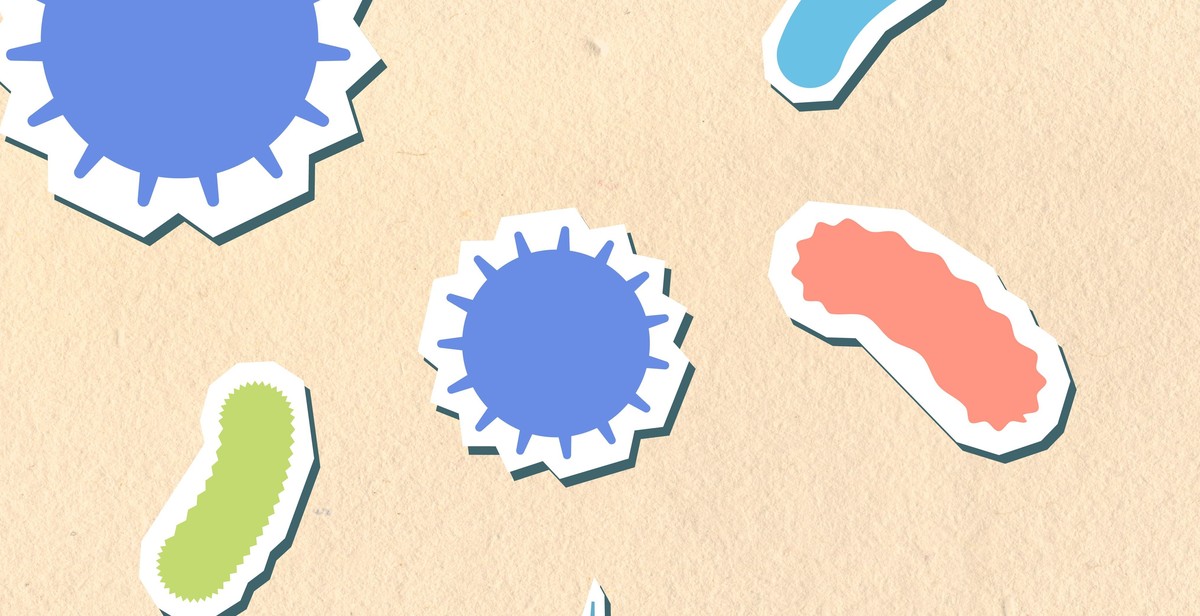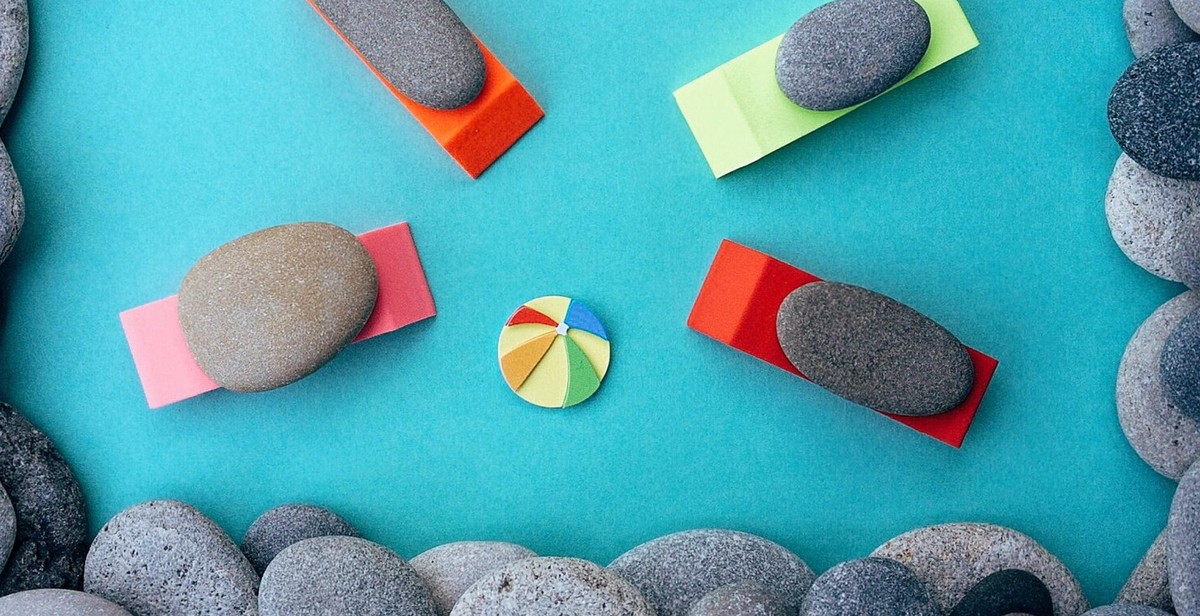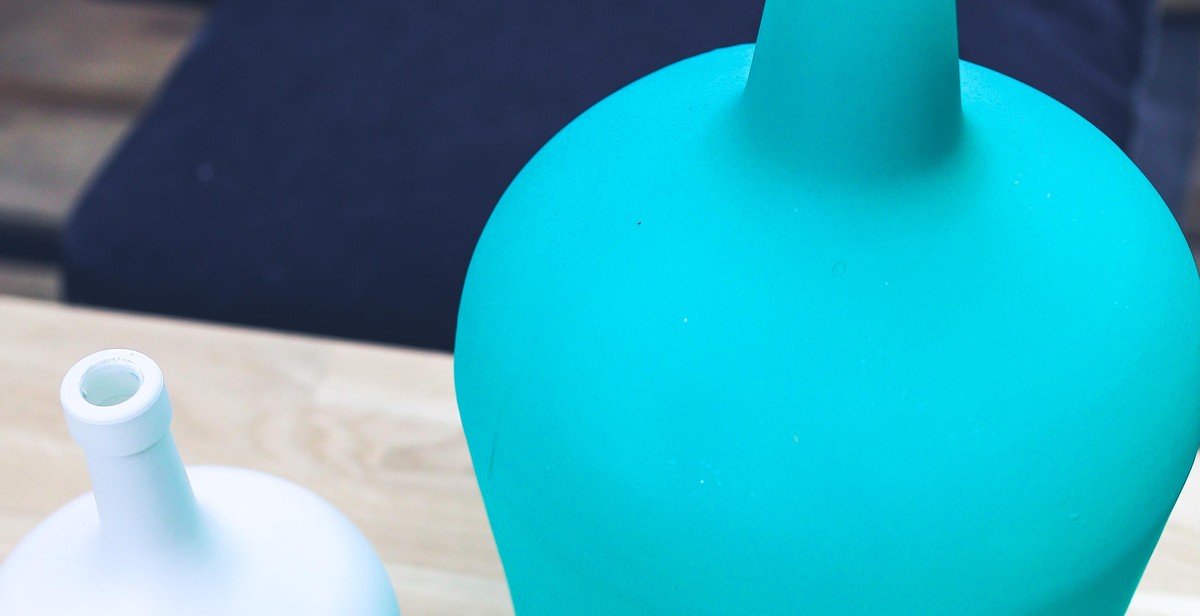Art Therapy: Unleashing Creativity for Mental Wellness
Art therapy is a form of psychotherapy that utilizes creative expression to improve mental health and well-being. It is a process that allows individuals to explore their thoughts, emotions, and experiences through various art forms such as painting, drawing, sculpture, and collage making.
As a professional article writer and content creator, I have had the opportunity to witness the transformative power of art therapy firsthand. Through my personal experience and research, I have come to understand the profound impact that art therapy can have on an individual’s mental health.
The Benefits of Art Therapy
The benefits of art therapy are numerous and can be experienced by people of all ages and backgrounds. Here are some of the ways in which art therapy can improve mental wellness:
- Increased self-awareness and self-esteem
- Reduced stress and anxiety
- Improved communication and interpersonal skills
- Enhanced problem-solving abilities
- Increased emotional resilience
Art therapy can be particularly helpful for individuals who struggle to express themselves verbally or who have experienced trauma. Through the creative process, individuals can explore and process their emotions in a safe and non-judgmental environment.
Conclusion
Art therapy is a powerful tool for improving mental wellness. Through creative expression, individuals can explore and process their emotions, gain self-awareness, and develop new coping skills. If you are struggling with mental health issues, consider exploring the benefits of art therapy for yourself.

What is Art Therapy?
Art therapy is a form of psychotherapy that utilizes the creative process of making art to improve a person’s mental, emotional, and physical well-being. It is a unique and effective way of expressing oneself, exploring personal feelings, and resolving emotional conflicts. Art therapy is not about creating a masterpiece but rather about using art as a tool to facilitate self-discovery and healing.
Defining Art Therapy
Art therapy involves the use of various art materials such as paint, clay, and markers to create images, sculptures, and other forms of art. The therapist encourages the client to explore their feelings and emotions through the art-making process. The therapist may also use the artwork as a means of communication to better understand the client’s thoughts and feelings.
Art therapy can be used with individuals, couples, families, and groups of all ages. It is often used as a complement to traditional talk therapy, allowing clients to express themselves in a non-verbal way.
A Brief History of Art Therapy
The use of art as a therapeutic tool can be traced back to the early 20th century, when psychiatrists and psychologists began to explore the relationship between art and mental health. In the 1940s, the term “art therapy” was coined by British artist Adrian Hill, who used art as a means of healing during his own recovery from tuberculosis.
Since then, art therapy has gained recognition as a valuable form of psychotherapy. It is now widely used in hospitals, schools, and mental health facilities around the world. Today, art therapy is practiced by licensed and certified professionals who have undergone extensive training in both art and psychology.
| Benefits of Art Therapy |
|---|
| • Encourages self-expression and self-awareness |
| • Reduces stress and anxiety |
| • Improves mood and emotional regulation |
| • Enhances communication skills |
| • Increases self-esteem and confidence |
| • Provides a safe and non-judgmental space for exploration and healing |

How Art Therapy Works
Art therapy is a form of psychotherapy that uses creative processes, such as drawing, painting, or sculpting, to help individuals express and explore their emotions, thoughts, and experiences. It is a unique approach that allows individuals to communicate in a non-verbal way, making it an effective therapy for those who struggle with verbal communication.
The Process of Art Therapy
During an art therapy session, a trained therapist will guide the individual through various creative exercises, providing a safe and supportive environment for them to explore their inner world. The therapist may ask the individual to create a specific piece of art or simply allow them to freely express themselves through the medium of their choice.
As the individual creates their artwork, the therapist will encourage them to reflect on their process and discuss any emotions or thoughts that arise. Through this process, the individual may gain insight into their experiences, discover new perspectives, and develop coping mechanisms.
The Benefits of Art Therapy
Art therapy has been shown to have a range of benefits for individuals struggling with mental health issues. Some of these benefits include:
- Reduced anxiety and depression
- Increased self-esteem and self-awareness
- Improved communication and interpersonal skills
- Enhanced problem-solving and coping skills
- Increased emotional regulation and stress management
Art therapy can be particularly helpful for individuals who have experienced trauma or have difficulty expressing themselves through traditional talk therapy. Additionally, it can be used as a complementary therapy alongside other forms of treatment, such as medication or cognitive-behavioral therapy.
| Condition | Benefit of Art Therapy |
|---|---|
| Anxiety | Reduced symptoms and increased relaxation |
| Depression | Improved mood and increased self-esteem |
| PTSD | Reduced symptoms and increased emotional regulation |
Overall, art therapy is a powerful tool for promoting mental wellness and personal growth. By unleashing creativity and exploring the inner self, individuals can discover new ways of coping with their struggles and find a deeper sense of meaning and purpose in their lives.

Art Therapy Techniques
Art therapy is a form of therapy that uses creative expression to help individuals improve their mental health and well-being. It is a non-invasive and non-judgmental way to explore emotions, thoughts, and feelings through various art forms. Here are some of the most common art therapy techniques:
Drawing
Drawing is a popular art therapy technique that involves using pencils, pens, or markers to create images on paper. It is a simple and accessible way to express thoughts and emotions. Drawing can help individuals to better understand their feelings and work through difficult emotions.
Painting
Painting is another popular art therapy technique that involves using paint and a canvas to create art. It can be a great way to express emotions that are difficult to put into words. Painting allows individuals to explore their creativity and experiment with different colors and textures.
Sculpting
Sculpting involves using materials such as clay or other sculpting materials to create three-dimensional art. It can be a great way to express emotions and explore difficult feelings. Sculpting can also help individuals to develop a sense of control and mastery over their emotions.
Collage Making
Collage making involves using various materials such as magazines, newspapers, and photographs to create a collage. It can be a great way to explore emotions and express thoughts and feelings through images. Collage making can also be a fun and creative way to explore different themes and ideas.
| Technique | Benefits | Challenges |
|---|---|---|
| Drawing | Accessible, simple, and can be done anywhere | May require some artistic skill |
| Painting | Allows for more creativity and experimentation with colors and textures | Requires more space and materials |
| Sculpting | Allows for three-dimensional expression and can provide a sense of control and mastery | Requires more space and materials, and can be more difficult to learn |
| Collage Making | Allows for exploration of different themes and ideas through images | Requires materials and can be more time-consuming |
Overall, art therapy techniques can be a powerful tool for improving mental health and well-being. Each technique has its own unique benefits and challenges, and individuals may find that one technique works better for them than others. It is important to work with a trained art therapist to determine which techniques are best for each individual’s needs.

Who Can Benefit from Art Therapy?
Art therapy can be beneficial for a wide range of individuals, regardless of age, gender, or cultural background. It is a form of therapy that can help individuals express themselves creatively, gain insight into their emotions, and develop coping skills to deal with various mental health issues.
Children and Adolescents
Art therapy can be particularly beneficial for children and adolescents who may not have the language skills to express their emotions and thoughts. Through art-making, they can communicate their feelings in a safe and non-threatening way. It can also help them develop their creativity and problem-solving skills, which can carry over to other areas of their lives.
Adults
Art therapy can also be useful for adults who may be struggling with mental health issues such as anxiety, depression, or trauma. It provides a safe and supportive environment for individuals to explore their emotions and work through difficult experiences. Additionally, art therapy can be beneficial for individuals who may have difficulty expressing themselves verbally and can benefit from a more creative approach to therapy.
Elderly Individuals
Art therapy can also be helpful for elderly individuals who may be experiencing age-related health issues such as dementia or Alzheimer’s disease. It can provide a way for them to engage in meaningful activities and improve their quality of life. Additionally, it can help them connect with others and reduce feelings of social isolation.
Individuals with Disabilities
Art therapy can also be beneficial for individuals with disabilities, providing them with a way to express themselves creatively and communicate their thoughts and emotions. It can also help them develop fine motor skills and improve their cognitive abilities.
| Who can benefit from art therapy? | Benefits |
|---|---|
| Children and Adolescents | Develop creativity and problem-solving skills, communicate feelings in a safe way |
| Adults | Explore emotions and work through difficult experiences, helpful for non-verbal individuals |
| Elderly Individuals | Engage in meaningful activities, reduce social isolation, improve quality of life |
| Individuals with Disabilities | Express themselves creatively, improve cognitive abilities and fine motor skills |

Finding an Art Therapist
When looking for an art therapist, it is essential to consider the therapist’s qualifications and experience. Here are some steps to help you find the right art therapist:
1. Research
Start by researching art therapists in your area. You can use search engines, directories, and professional associations to find therapists near you. Make a list of potential therapists and visit their websites to learn more about their qualifications and experience.
2. Check Credentials
Check the therapist’s credentials to ensure they are qualified to provide art therapy. Look for therapists who have completed a master’s degree in art therapy or a related field and are registered with the Art Therapy Credentials Board (ATCB).
3. Schedule a Consultation
Once you have identified potential therapists, schedule a consultation to discuss your needs and goals. During the consultation, ask about the therapist’s experience working with individuals with similar concerns and their approach to therapy.
4. Consider Insurance
If you plan to use insurance to cover the cost of therapy, check with your provider to see if art therapy is covered. If it is, ask the therapist if they accept your insurance and if they are willing to work with your provider.
5. Trust Your Instincts
Finally, trust your instincts when choosing an art therapist. It is essential to feel comfortable and safe with your therapist to build a strong therapeutic relationship.
Remember that finding the right therapist may take time, but it is worth the effort to find someone who can help you unleash your creativity and improve your mental wellness.
